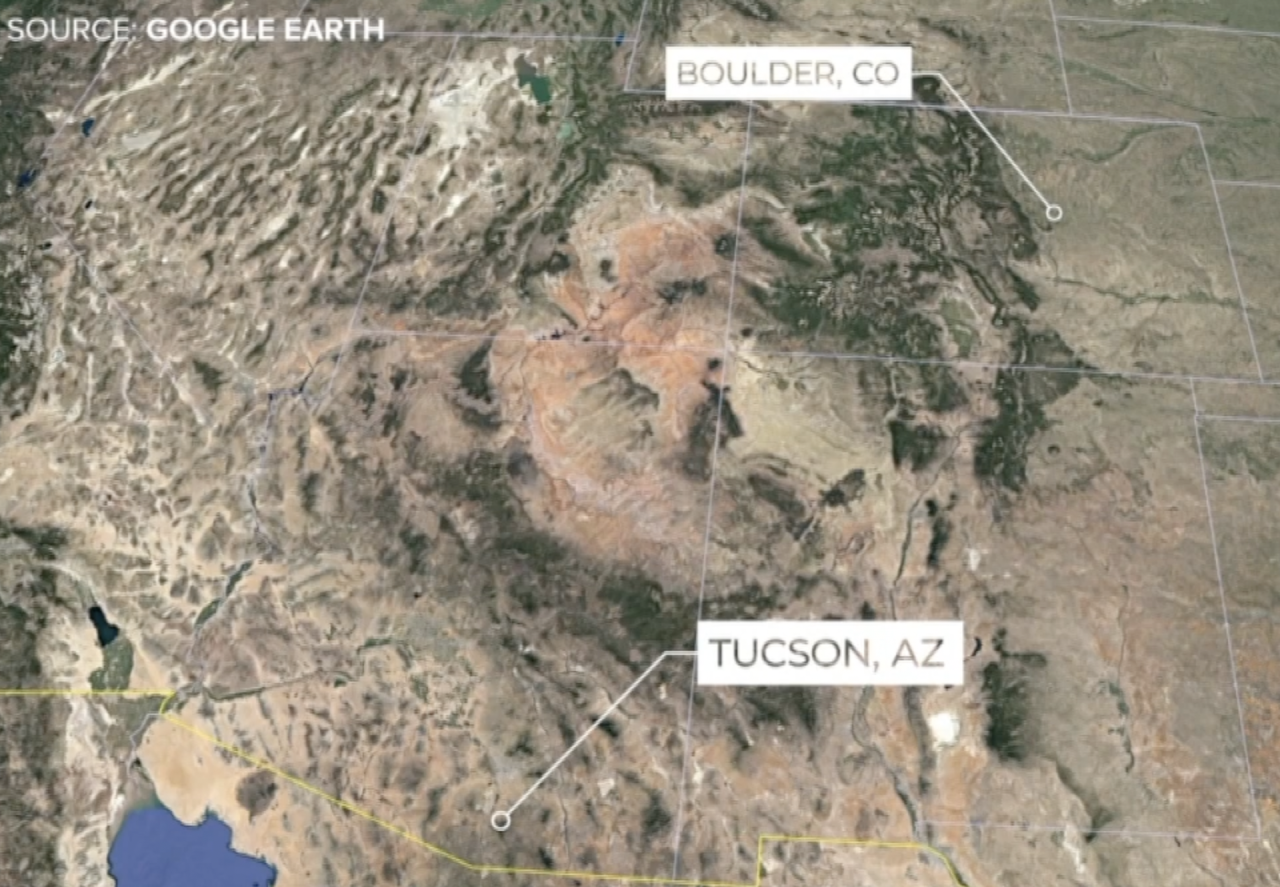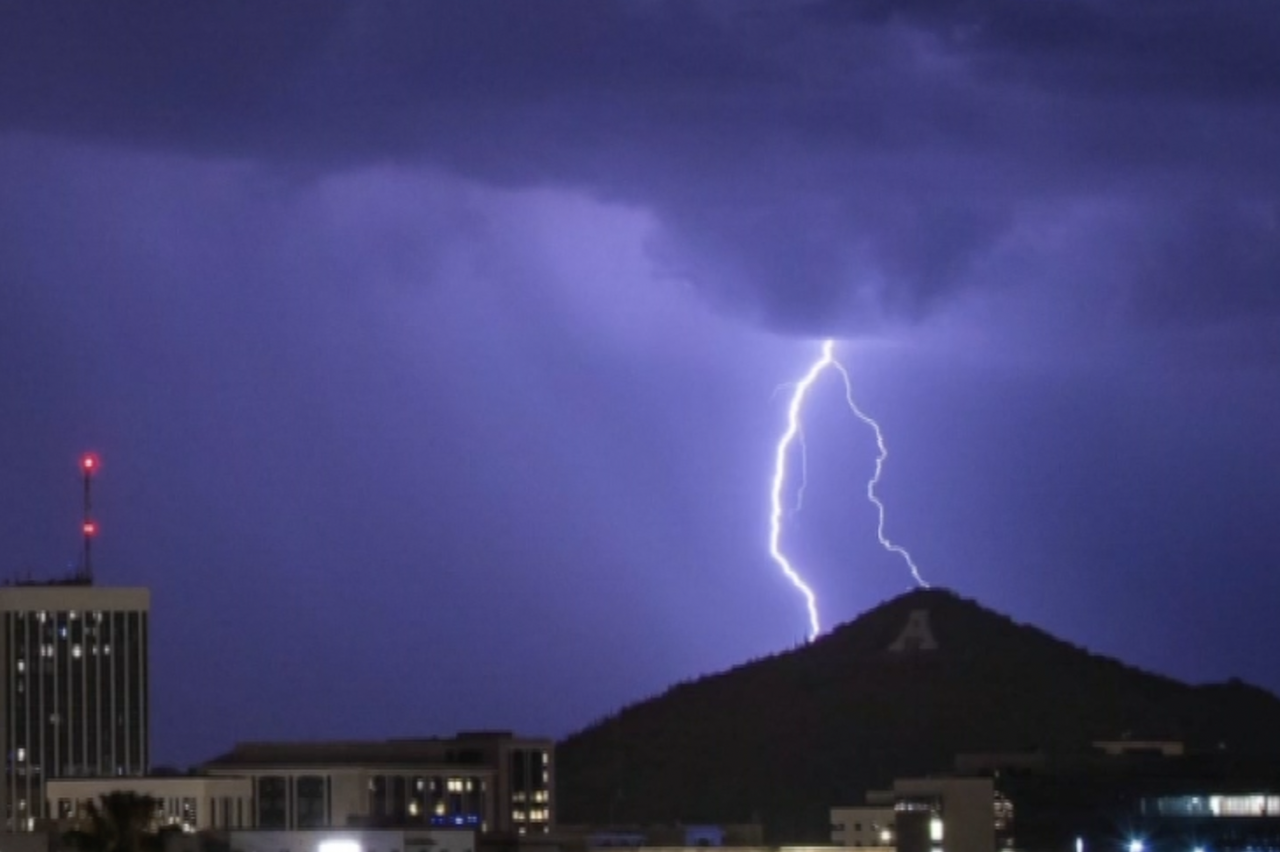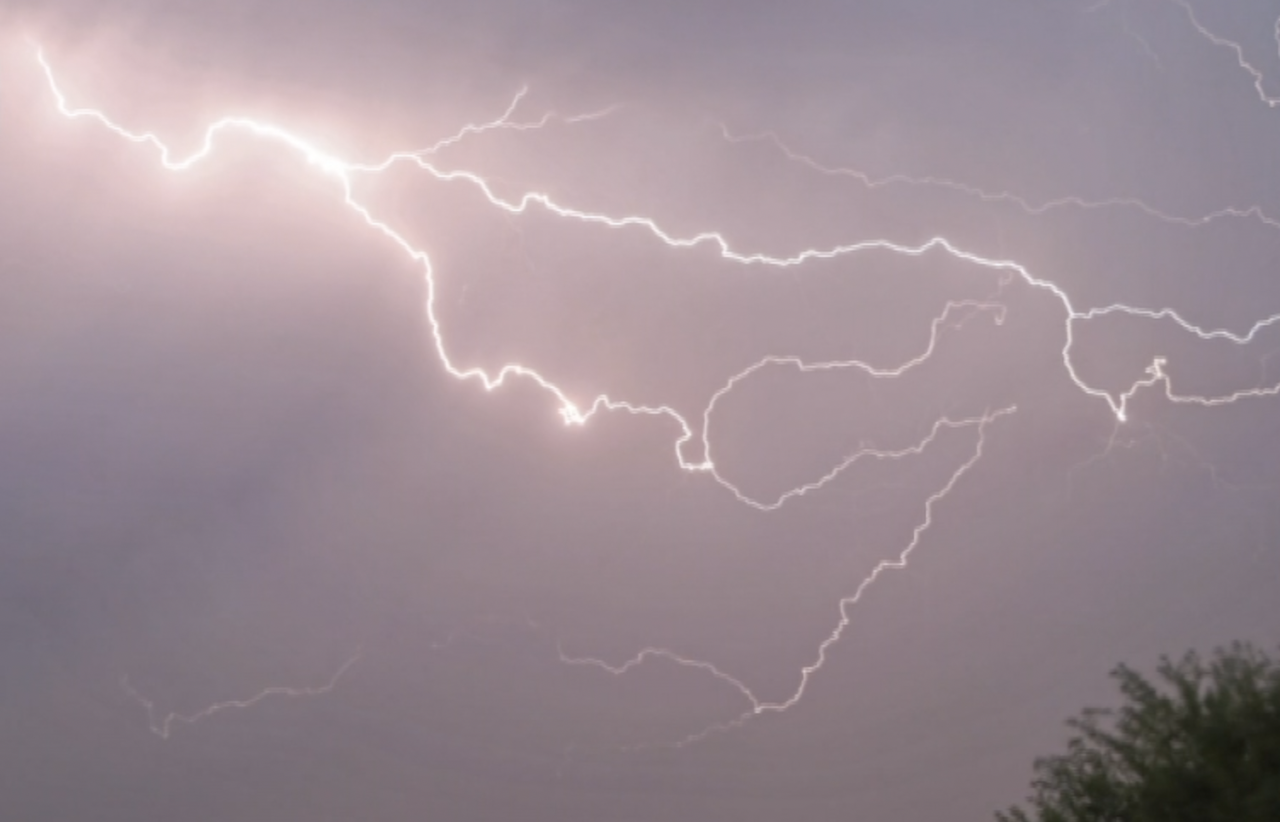TUCSON, Ariz. (KGUN) — "The story of lightning detection really starts in Arizona, starting the 1970s," said Ryan Said, the Senior Scientist at Vaisala in Louisville, Colo. Vaisala is a global leader in lightning study and detection.

Monsoon brings clouds, wind, rain and flooding to southern Arizona. One of the most impressive things monsoon is sure to bring is lightning.
RELATED: Understanding lightning strikes and thunder claps
Until 2019, the National Lightning Detection Center was in Tucson, until Vaisala moved to the current Boulder office.
Said recalled the importance Tucson had to lightning detection: "Before then there was a legacy of over 30 years of operating National Lightning Network. And that was really centralized in that Tucson office."

That's where good, reliable lightning detection started. In the 1970s, researchers at the University of Arizona were looking at lightning physics and properties of lightning discharges. The researchers used that to design technology.
"That work continued in the 80s and 90s, really fueled by the emergence of cost-effective processors and electronics," Said added. He said another contributor was "the emergence of GPS technology that allowed for the precise location accuracy that we see now."

The technology researchers use now is most similar to what it had evolved to in the '90s, but he said that evolution started after the '80s.
Said described how lightning detection technology works today. "So lightning is a huge electrical discharge and has a high electrical current. And anytime you have a high electrical current, you generate a radio pole. That's an electromagnetic wave. And what we do is we measure the precise time at which that radio wave arrives at multiple sensors that are strategically distributed throughout the US. And using that unique time signature, we can then pinpoint the lightning hit the ground, and actually, we can do it really well. We pinpoint it to within about a football field, anywhere in the US."
He said the technology can detect lightning from anywhere in the world within a kilometer, or close to the size of the supports on the Golden Gate Bridge.
In Arizona, lightning strikes around six million times per year. The state ranks toward the middle in terms of the 50 states. Most of the strikes are concentrated in the three months of monsoon, when conditions are most favorable for lightning.

Said shared the state of Texas has the most number of lightning strikes because it's so big. Florida, on the other hand, has more frequent lightning and is considered the hotspot in the U.S.
"You know, 30-40 years ago, we couldn't track like near real-time it was sort of haphazardly observed. Now we can really pinpoint every thunderstorm on the planet with incredible precision and accuracy and it's exciting to see how this information is used for research. And of course, to really improve safety and allow people to seek shelter when a thunderstorm is close," said Said.




